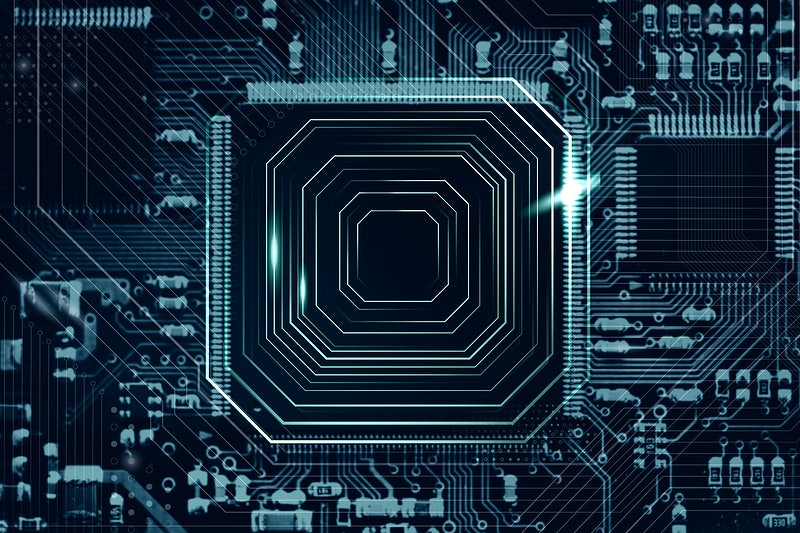The CHIPS for America act
The Biden-Harris administration is trying to bring semiconductor development home to the US.
Once a superpower in the chip-making industry, America’s share of the semiconductor market has plummeted from 37% in the 1990s to only 12% this decade.
The demand for chips is constantly increasing and production cannot keep up, it’s left us all wondering when we’ll manage to get a PS5 and a new car.
The majority of the US’s chips are sourced from Asian countries like China, Japan, and Taiwan, whose Taiwan Semiconductor Manufacturing Company (TSMC) sells the most chips globally.
But then when the pandemic hit, the US chip stocks fell. As outbreaks overseas caused factory closures, it became more and more difficult to get hold of the stock suppliers were looking for. The closures and delays led to raw materials and logistics increasing in price too, making the whole situation pretty dire.
Suddenly, finding affordable stock that would arrive swiftly and safely was much harder than it used to be, and it showed. A report from the US commerce department said the chip shortage was hitting the country hard, all while demand rose by 17% from 2019 to 2021.
The Senate passed an act in June 2021 called the US Innovation and Competition Act (USICA), which detailed several initiatives to increase technological autonomy. This included the ‘Creating Helpful Incentives to Produce Semiconductors’ (CHIPS) Act, which would allocate $52 billion for domestic semiconductor research, design, and manufacturing.
The act’s House of Representatives equivalent was passed by the Senate on February 4th 2022 titled the ‘America Creating Opportunities for Manufacturing Pre-Eminence in Technology and Economic Strength’ (America COMPETES) Act. The package, worth $250 billion, would invest in the improvement of domestic manufacturing and research.
The act will encourage investment for the building of new fabs, create incentives for manufacturers who want to upscale their equipment, and will provide funds to improve research and communications in the semiconductor field.
Aside from these incentives, Intel also pledged $100 million to fund partnerships with universities located near its new factory to “build a pipeline of worker talent and bolster research programs in the region”.
One of the driving factors to increase the domestic stock of chips is the rise in production of Electric Vehicles (EVs). The current administration wants to raise the number of EVs being produced so they make up half the cars in production by 2030. However, a typical EV will need twice the amount of chips a regular car takes at around 2,000.
The America COMPETES Act will also contribute funds to the improvement of Homeland Security, a move that has been welcomed by industry leaders. President Joe Biden received a letter early last year from professionals in the security sector, showing their support for funding the production and design of semiconductors. A supply of domestic chips would no doubt benefit this sector, as chips are used in security devices and infrastructure.
The two houses are expected to discuss the reconciliation of the act by conference committee later in February.
Despite the current shortages, Lantek are here to help. We have a range of day-to-day and obsolete electronic parts to suit your needs and will go the extra mile to help. Send us your enquiries today at sales@lantekcorp.com.





